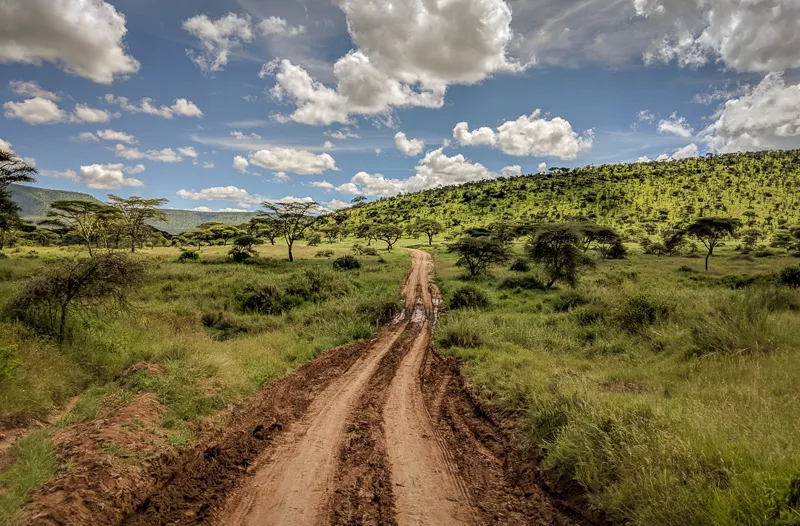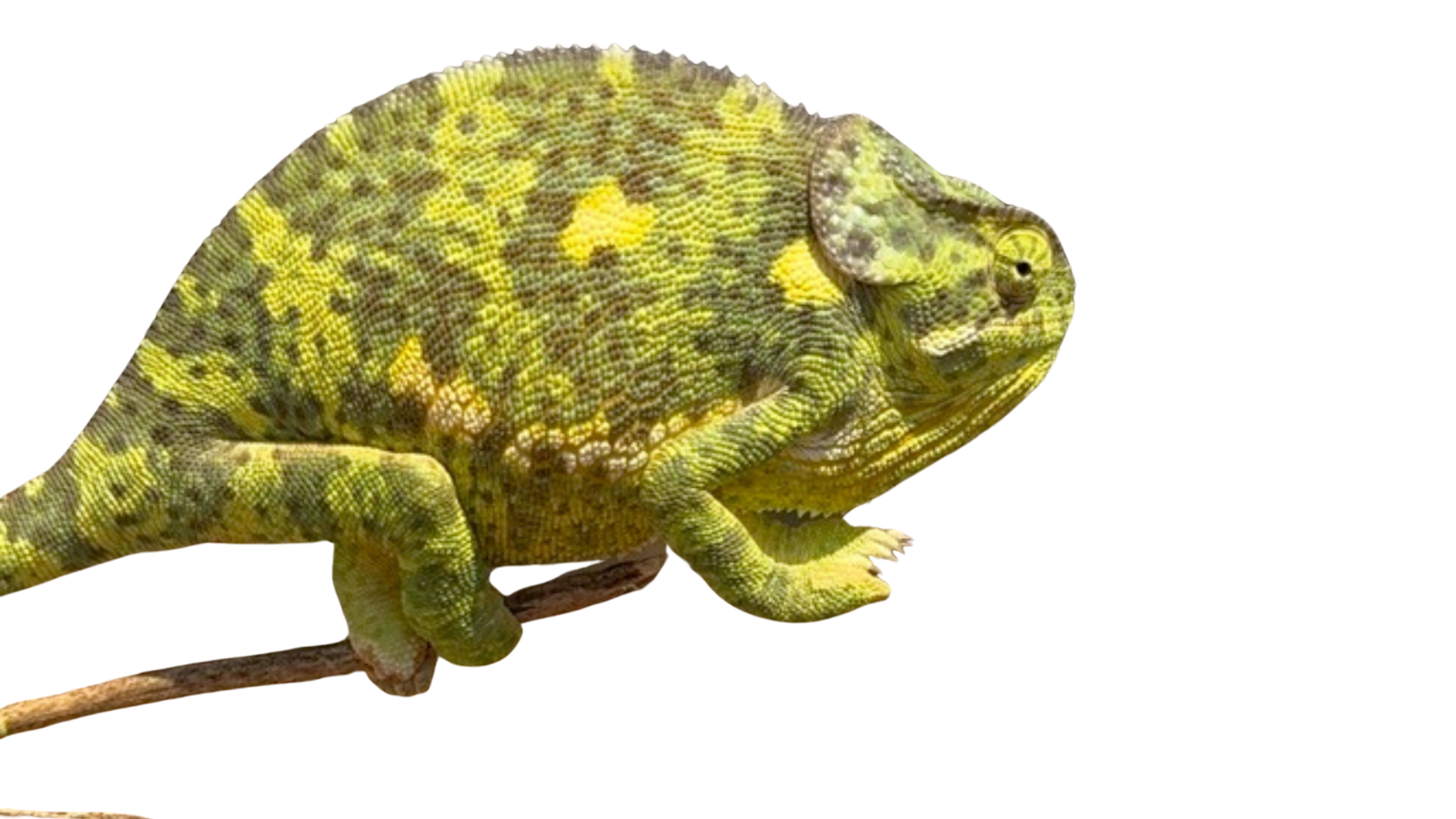For most people, water flows downhill, but on our ranch I make it flow uphill. Twice a day. Ok, fine, I don’t know how much I have to do with it. But water does flow uphill twice a day. This is because even though we are a full twenty miles from the ocean, our ranch is at a very low elevation. So our river, the Coquille, experiences ‘tidal influence,’ meaning the water flows uphill, twice a day.
Now, let’s go back to a thought experiment I did on a previous blog post and imagine that the Coquille river is the only river left in the whole world. All the others have been ditched, damned, diked, and diverted to the extent that they no longer exhibited the characteristics of a river. Now imagine that a well-meaning governmental agency comes along. They intend to restore a river in Idaho to its natural state. Naturally, they use the Coquille as their template. They are amazed at the number of resources required to create a ‘natural’ condition. But, undeterred, they valiantly commit a whole bunch of other people’s money and good old-fashioned government know-how to the project and succeed in pushing water up a mountainside twice a day.
Before we go and find out what the hell this has to do with the Serengeti, I am going to wonder why the hell I have to tell you about what happened during my week, when all I want to just talk about imaginary scenarios and lands that are far, far away. But as usual, I will go ahead and tell you anyway.
So we shipped 127 head of cattle, the last little remainder, besides the really last remainder of 30 head that are still wandering around somewhere. Shipping went pretty well. I was thinking that I need to put a man gate into the corral so the truckers can get in and out without getting grumpy. But then I realized I just need somebody else to help me ship. Then I am set. There is no way they are going to crawl into the climb into the corral ‘to help.’ Maybe I could put alligators in the alley for added insurance. But when your corral is halfway beefy and you have a bud box, loading cattle is just too boring. I should replace with half-inch plywood and bury firecrackers to make it more interesting. We are going to move into our new house in nine days come hell or high water. So I drove to Portland (four hours away) on Friday to buy a $65 Ikea cabinet. Usually, driving four hours to buy a $65 cabinet is a waste of time when you have a bunch of other stuff going on. Other times the lack of the Ikea cabinet holding up the show, and even though it should have been there already, it isn’t, and you just have to do what you have to do. Sometimes animals continuously graze, even in Edenic natural settings. Sometimes rivers flow backward, even though they flow downhill.
I bring up this river business as a disclaimer and warning. I was going to go through a laundry list of different practices that should be instituted as a result of our lessons from the Serengeti. But then I thought of something. Think of all the mistakes we will make with our grazing if we only have one grazing ecosystem to use as our model. By mimicking the manifestations of this grazing ecosystem without understanding the underlying mechanisms that drive the engine, we are going to be doomed to making some pretty classic human blunders. So I decided not to. But then I thought of something. Think about all the mind-numbingly ridiculous mistakes we are currently making with our grazing when we have zero grazing ecosystems to use as our model. What we need to do, somehow, is to distill the bigger lessons from the Serengeti. The ones that are always true. “Water flows downhill” for instance.
So this is my effort to, first of all, come up with the most distilled and compressed Big Picture lessons from the Serengeti. All disclaimers apply.
- Grazing animals in natural conditions will go to the best forage. The best forage for the specific physiology of the specific animal. The best forage that they feel like they can access. If you are preventing your animals from going to the best forage for their physiologies, maybe you should wonder why.
- Often (but not always) the best forage is ‘somewhere else.’ If you are never putting the livestock ‘somewhere else,’ from the perspective of any particular patch of grass, maybe you should wonder why.
- Grazing animals in natural conditions seem to create higher quantities of higher quality forage. If you are doing this every year, then you are doing something right. If you are not doing that, maybe you should wonder why. If you want some exercises to stimulate your creativity around the subject, see numbers 1 and 2. In other words, focus on your outcome, do whatever methods arrive at that outcome. Again, in ranching, the only one you have to impress is yourself. If you are impressed with yourself when you slavishly follow a rule despite sub-par outcomes, fine. Because the flip side is that you are the only one you have to fool.
When I said earlier that ‘the river flows uphill,’ that was not quite right. The river flows backward, but it always flows downhill. It’s just that twice a day the tides create a ‘hill’ of salt water at the mouth of the river, so the water flows downhill, back the way it came. The point being, a few simple rules can play out in some very complicated and unexpected ways. So, there are a few interesting Small Picture lessons. All warnings and disclaimers apply.
- Discussions of ‘continuous grazing’ in the Serengeti start by reasserting the point that we do not know what this term means exactly on the Serengeti and what little evidence we have suggests that it is rather different than what most livestock operations call continuous grazing. Putting that aside for the moment, continuous grazing in the Serengeti happens mostly in places where the growing season is year round. These are wetter, taller-grass regions with less seasonal rainfall. There is a background level of ‘continuous grazing’ that is then supplemented by a big surge of extra animals at some point. I would be interested to hear from producers in tropical, subtropical, or warm-temperate environments with a lot of rainfall. Supplement a cow/calf operation with retained yearlings or seasonal stockers and maybe simplify your rotation?
- On the other side of the Serengeti, in the dry, short-grass environments, it is interesting to note that there are very few animals around in the dormant season, even though livestock operations in those regions do fine in the dormant season. The herds really work hard to never be anywhere with dormant grass. For all our technological wonders, it is harder for us to move animals now than it was for them to move themselves 1,000 years ago. I would be interested to hear from feedlots in Eastern Colorado or the Texas Panhandle. Is it worth it to keep pasture and stick cattle out there when it is green and growing, then put them back in the lot when it dries up? How does this strategy compare to continuously grazing the stuff all the time? Obviously not perfect for rumens… how does it affect production?
- Then there is the space in the middle. The mid-grass regions maintain the herds at very high densities on more mature feed, for a very short time. These areas have very low productivity compared to controls. In addition, the feed is bottom of the barrel as far as the animals are concerned. So, on the one hand, if you are selling pounds of beef, would you chose this environment? Probably not. It is important to note that these categories are not set in stone; in the sixties when the Serengeti’s herds were devastated by a rinderpest outbreak, the area around Olduvai Gorge was a mid-grass region. But now, with resurgent wildebeest populations on the plain, that same area is a short grass region. In the past, I considered it a mark of good grazing if you found ‘tall grass plants’ in a mid-grass region. I still think that is good, but I also want to see a short grass plant next to the other two. The lack of grazing in the wet season might come down to a lack of elephants. But there is another possibility. While I would not want to have that tall feed if I was selling gain, I might want it if it was a drought and there were all sorts of cheap cattle available. Maybe these mid-grass regions act as a pressure release valve; during plentiful years the herds get through them at the beginning of the dry season and that is that. But in a dry year, when the short grass plains fail to make a crop, these areas serve as a fallback. In this scenario, mid-grass regions have the capacity to produce twice as much feed (see the previous blog post), and buffer the effects of a drought. After all, despite frequent droughts, the animals on the Serengeti rarely run out of feed. The lesson being, maybe nobody should have all tallgrass, but maybe everyone should have some tall grass.
As always we need to avoid what I clumsily call ‘biophysical heuristics.’ Someday I will come up term that uses classical allusions and internal rhyme schemes. But I don’t have time for that crap. So just keep up with me. So, McNaughton uses Biophysical Heuristics when he tries to explain high Serengeti productivity by talking about evapotranspiration or nutrient cycles. Sure, that is how Serengeti grass is more productive. But that is not why. The Serengeti is a highly productive grassland because it still has wild herds. Therefore, the Serengeti still experiences the conditions that grass evolved to handle. Had it been otherwise, whatever plant came out of that history would transpire water differently. Would do better with a different nutrient cycling regime.
So next week… I’m not sure what we are going to talk about. Something else. We’ll just be lucky if I find half an hour to write it.

